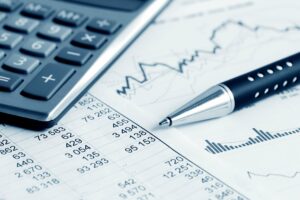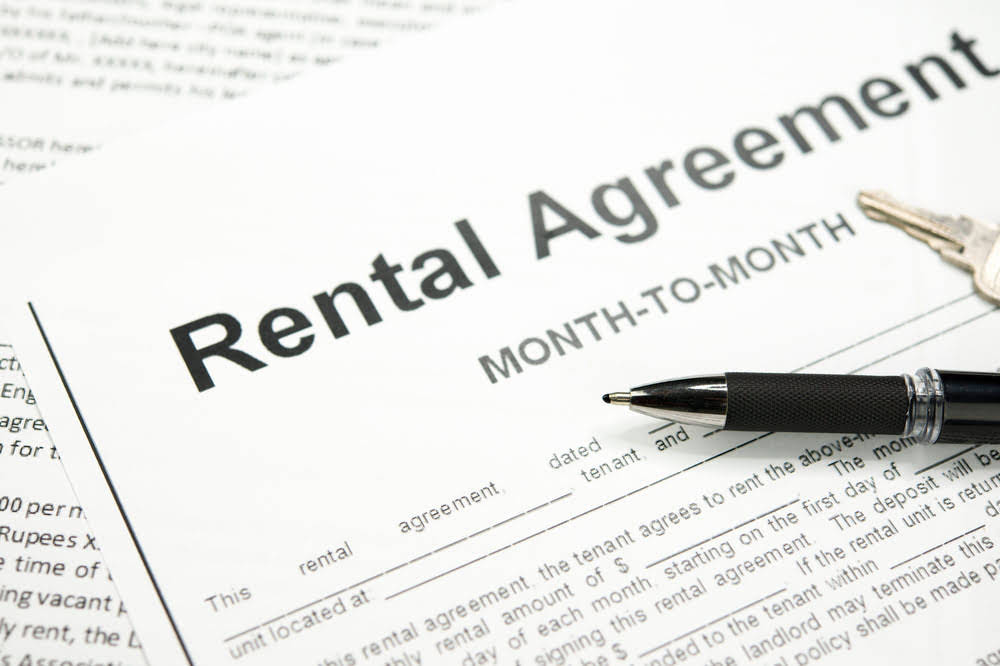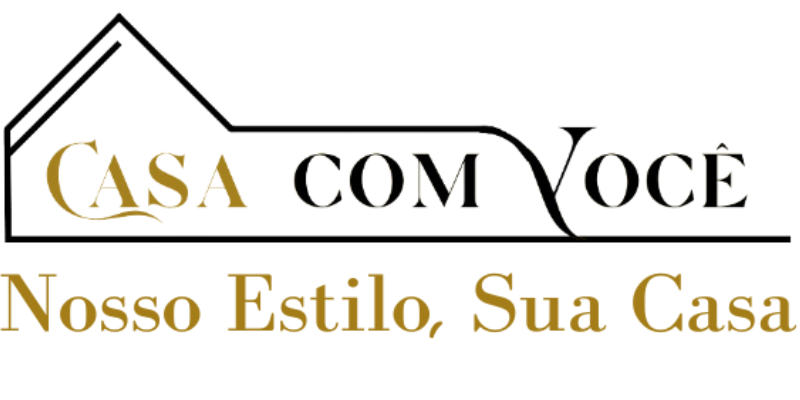How to Calculate Conversion Cost Formula Example

Again, the only difference between the two methods is that stinking beginning WIP. At the end of the period, the firm determines ending WIP percent completion and determines units completed. The overall objective of process conversion costs costing is to take these costs and redistribute them between (1) ending WIP and (2) the credit side of the WIP account (i.e. completed and transferred out costs).

Direct Labor – What are the Components of Conversion Cost?
They include expenses related to factory utilities, equipment maintenance, depreciation, and supervision. While not tied to individual production units, these costs are essential for keeping the production line running smoothly. In summary, calculating conversion cost involves considering direct labor, direct material, and manufacturing overhead. By managing these components effectively, businesses can enhance their competitiveness and financial performance.

Conversion Cost Formula
One of the key concepts in cost accounting and management is conversion cost, which is the sum of direct labor and manufacturing overhead costs incurred to produce a unit of product. Conversion cost per unit is the average cost of converting one unit of product from raw materials to finished goods. It is calculated by dividing the total conversion cost by the number of units produced. Conversion cost per unit is useful for measuring the efficiency and profitability of a production process, as well as for setting prices and budgets. In this section, we will explain how to calculate conversion cost per unit and how to use it for different purposes.
Impact on Product Pricing
Automated processes are more recording transactions accurate and consistent than manual processes, which can improve product quality and reduce the need for rework or scrap. By reducing errors and improving product quality, manufacturers can reduce the cost of quality control and improve customer satisfaction. Therefore, the manufacturer must sell each unit for $9.60 to cover their conversion cost and make a 20% profit. If they cannot sell the product at this price, they may need to identify areas where they can reduce costs or improve efficiency to lower their conversion cost and remain profitable. Conversion cost is essential in budgeting and planning for a manufacturing business.
- These examples illustrate how the conversion cost formula and per unit cost can be applied to different scenarios.
- In this section, we will explain how to calculate conversion cost per unit and how to use it for different purposes.
- By analyzing the various components of conversion costs, businesses can make informed decisions to optimize their production processes and enhance profitability.
- Inventory valuations can impact the calculation of conversion costs, as they can impact the cost of goods sold and the cost of goods produced.
- In this example, the total conversion cost for producing 100 widgets amounts to $800.
- The calculation of the cost of sales, which is reported on the income statement, also depends on the conversion cost.
- Cost accounting methods such as job costing and process costing can help a company accurately track and report conversion costs.

Conversion costs refer to the expenses incurred during the transformation of raw materials into finished goods. Direct labor cost refers to the wages and benefits paid to workers directly involved in the production process. These workers operate machinery, assemble products, and perform other tasks that directly contribute to the final product. For instance, in an AI in Accounting automobile assembly line, the wages of assembly line workers and machine operators constitute direct labor costs. Outsourcing production can make it more difficult for a manufacturing company to maintain quality control over its products.
- As for the equations, this means that beginning WIP costs can’t be included in total costs (i.e. in the numerator).
- This can make it challenging to accurately allocate labor costs to specific products or production processes.
- These variations can impact the time and resources required to produce a product, affecting the calculation of conversion costs.
- Using sensors and other monitoring technologies, manufacturers can identify and address issues contributing to material waste, such as overproduction, defects, and machine breakdowns.
- Conversion cost is an important concept in accounting, particularly for manufacturers.
- This formula highlights the focus on costs related to transforming materials into completed products.


